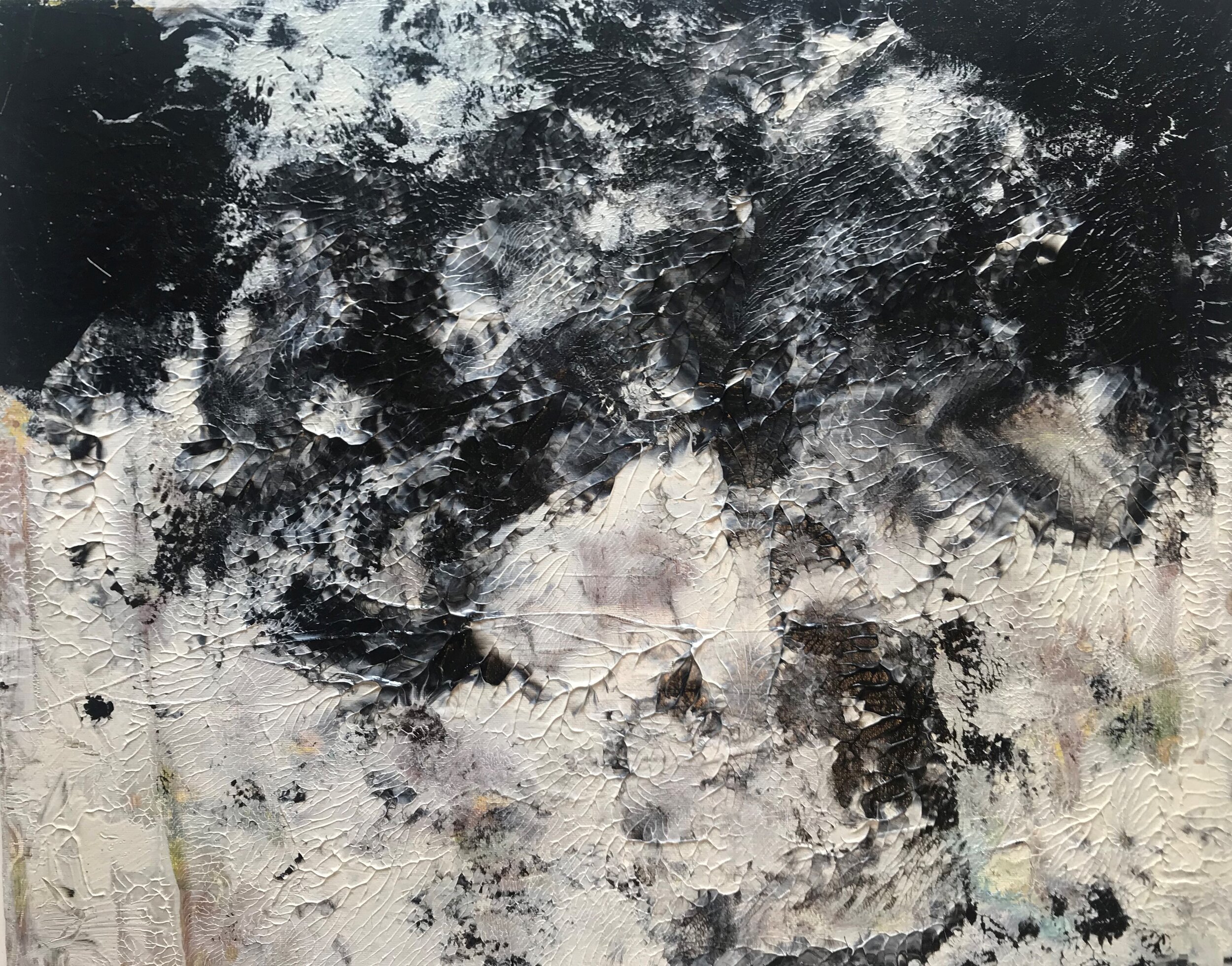Background
Barry studied Fine Art at Croydon College of Art & Design, before going on to do a degree in Fine Art & Education at Warwick University in 1991.
Following a spell as a teacher, Barry channelled his artistic energies by completing a Masters degree in Historic Building Conservation at Oxford Brookes University in 2002. He spent the next decade working on detailed restoration projects ranging from an 18th Century viewing tower in County Cork, Ireland, to Cliveden House in Buckinghamshire, England. He specialised in the use of historic materials, including lime mortars.
In 2017, Barry was diagnosed with Huntington’s Disease, a degenerative neurological condition that is slowly affecting his physical and cognitive function.
This diagnosis has prompted an urgency to return to his first love - art.
He is married with two children and lives and works in Oxfordshire.
Motivation
“My diagnosis has made me aspire to create life-affirming, dynamic works of art. I use form and colour to help me explore and come to terms with my condition, and am discovering new creative energy and forms of expression.
There are many themes referenced in my work. ‘Time’ and ‘Place’ are significant influences. I have always been deeply affected by historical landscapes - from stone circles to ancient ruins - and am fascinated by the marks we make on the land around us. Increasingly, my focus has turned inward, exploring the internal landscapes of emotion, mind, and body. As someone whose life has been changed irrevocably by a random act of biology, I am exploring themes such as ‘Luck’ and ‘Chance’ in my work.
I try to offer the viewer new perspectives, or different truths. Sometimes it is the creation of a landscape or seascape, but redefined through a sense of rhythm and abstraction that interprets a world that is dissolving or disrupting through forces and energies, both seen and unseen, physical and emotional.
Colour is very important to me and I often use colour in my work to project a mood and establish a structure, without having to be true to the natural world.
Each of my artworks are ‘one-offs’ and are completely unique, aiming to present a new angle, something different, each intended to evoke its own sense of beauty and wonder.”
Method
I use a wide range of medium and materials, predominantly acrylic paint on canvas or board, but also blending pastels with the paint. I like to create a sense of movement and immediacy, and don’t want my paintings to feel too finished or over-worked.
Influences
I feel especially connected to English and French impressionists (Turner, Constable, Cezanne, Picasso), and abstract expressionists (Rothko, Kandinsky, Matissse, Derain). Surrealists like Magritte also hold a fascination for me, with his emphasis on dream-like artworks and the power of the unconscious.
I’m also inspired by the sense of place and movement with artists such as Rothko, Kandinsky, and Auerbach, whose paintings evoke a sense of movement in their stasis.
I have great admiration for the Fauvist approach which emphasised strong colour and a painterly approach, entwining elements of realism with a more abstract use of colour to convey emotion.



